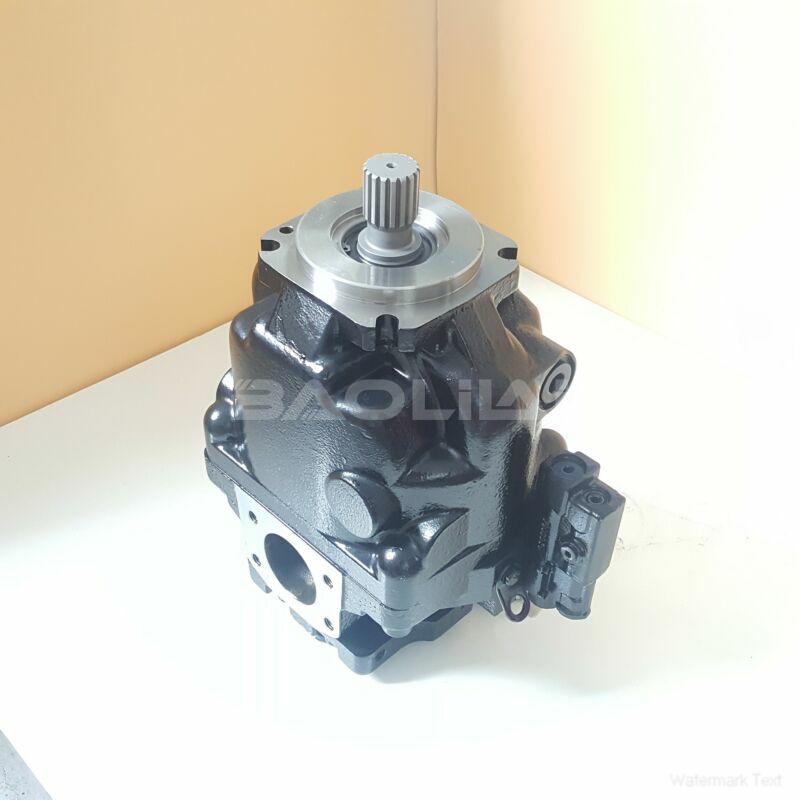ERR100BLS2520NNN3S1BPA1NNNNNNNNNN hydraulic oil pump
ERR100BLS2520NNN3S1BPA1NNNNNNNNNN hydraulic oil pump

- Product Details
- Applicable Scene
Hydraulic pump cavitation is a common issue that can significantly affect the performance and lifespan of hydraulic systems, particularly in heavy-duty applications such as construction, mining, and manufacturing. Understanding how to troubleshoot cavitation is essential for maintaining system efficiency and preventing potential damage. This article outlines the causes of hydraulic pump cavitation and provides actionable steps for troubleshooting and resolving the problem.
ER-R-100B-LS-25-20-NN-N-3-S1BP-A1N-NNN-NNN-NNN
ERR100BLS2520NNN3S1BPA1NNNNNNNNNN
Cavitation occurs when local pressure in a fluid drops below its vapor pressure, leading to the formation of vapor bubbles within the fluid. When these bubbles collapse, they can create shock waves that cause erosion and damage to pump components. Identifying and addressing cavitation is crucial to ensuring reliable operation of hydraulic pumps.

7000154
Identifying the Symptoms of Cavitation
Before troubleshooting, it is important to recognize the symptoms of cavitation in hydraulic systems. Common signs include:
Unusual Noise: A grinding, rumbling, or knocking sound from the pump can indicate cavitation.
Vibration: Excessive vibrations can result from the violent collapse of vapor bubbles.
Reduced Performance: A drop in system pressure or efficiency may signal the presence of cavitation.
Damaged Components: Physical inspection may reveal pitting or wear on pump surfaces.
Common Causes of Hydraulic Pump Cavitation
Once symptoms are identified, the next step is to determine the root causes of cavitation. Key factors include:
Low Fluid Level: Inadequate fluid levels in the reservoir can lead to insufficient inlet supply to the pump.
Improper Pump Sizing: Mismatched pump size and flow requirements can cause operating conditions that promote cavitation.
High Fluid Temperature: Elevated temperatures can reduce fluid density, increasing the likelihood of vaporization.
Restrictive Piping: Oversized or improperly routed suction lines can create excessive pressure drops.
Troubleshooting Steps





